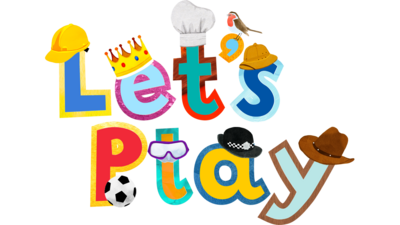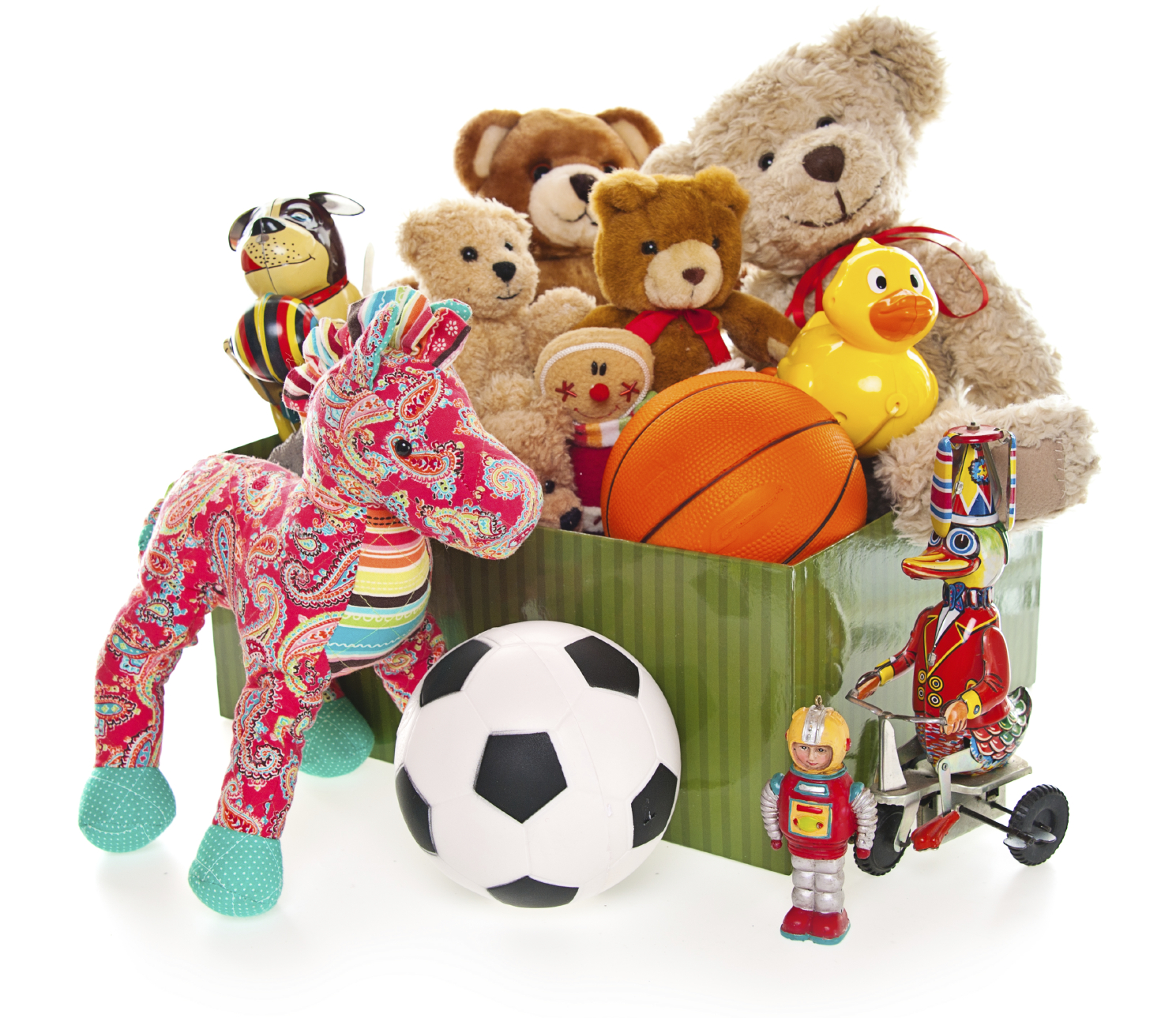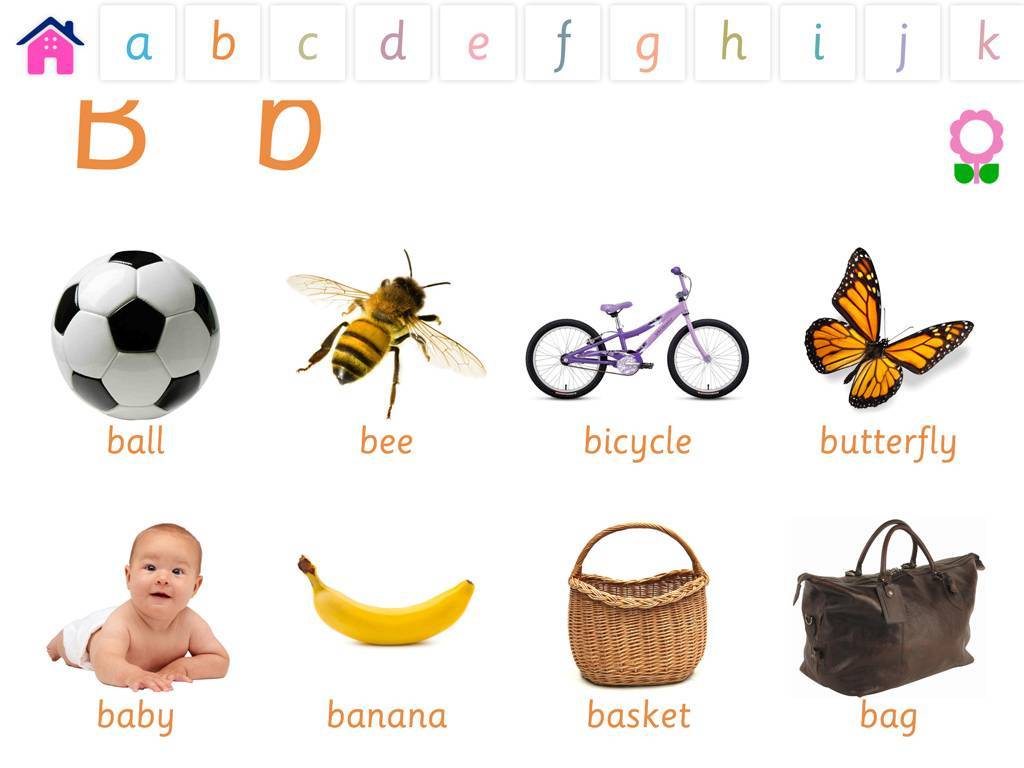 In this post, I am continuing my series of articles on speech and language assessments of children under 3 years of age. My first installment in this series offered suggestions regarding what information to include in general speech-language assessments for this age group, while my second post specifically discussed assessments of toddlers with suspected motor speech disorders.
In this post, I am continuing my series of articles on speech and language assessments of children under 3 years of age. My first installment in this series offered suggestions regarding what information to include in general speech-language assessments for this age group, while my second post specifically discussed assessments of toddlers with suspected motor speech disorders.
Today, I’d like to describe what information I tend to include in reports for children ~16-18 months of age. As I mentioned in my previous posts, the bulk of children I assess under the age of 3, are typically aged 30 months or older. However, a relatively small number of children are brought in for an assessment around an 18-month mark, which is the age group that I would like to discuss today.
Typically, these children are brought in due to a lack of or minimal speech-language production. Interestingly enough, based on the feedback of colleagues, this group is surprisingly hard to report on. While all SLPs will readily state that 18-month-old children are expected to have a verbal vocabulary of at least 50 words and begin to combine them into two-word utterances (e.g., ‘daddy eat’). When prompted: “Well, what else should my child be capable of?” many SLPs draw a blank regarding what else to say to parents on the spot.
 As mentioned in my previous post on assessment of children under 3, the following sections should be an integral part of every early intervention speech-language assessment:
As mentioned in my previous post on assessment of children under 3, the following sections should be an integral part of every early intervention speech-language assessment:
- Background History
- Language Development and Use (Free Questionnaires)
- Adaptive Behavior
- Play Assessment (Westby, 2000) (Westby Play Scale-Revised Link)
- Auditory Function
- Oral Motor Exam
- Feeding and Swallowing
- Vocal Parameters
- Fluency and Resonance
- Articulation and Phonology
- Phonetic inventory
- Phonotactic Repertoire
- Speech intelligibility
- Phonological Processes Analysis (Independent and Relational)
- Receptive Language
- Expressive Language
- Social Emotional Development
- Pragmatic Language
- Impressions
- Recommendations
- Suggested Therapy Goals
- References (if pertinent to a particular report)
In my two previous posts, I’ve also offered examples of select section write-ups (e.g., receptive, expressive phonology, etc.). Below a would like to offer a few more for this age group. Below is an example of a write-up on an 18-month-old bilingual child with a very limited verbal output.
RECEPTIVE LANGUAGE:
L’s receptive language skills were solid at 8 months of age (as per clinical observations and REEL-3 findings) which is significantly below age-expectancy for a child her age (18 months). During the assessment L received credit for appropriately reacting to prohibitive verbalizations (e.g., “No”, “Stop”), attending to speaker when her name was spoken, performing a routine activity upon request (when combined with gestures), looking at familiar object when named, finding the aforementioned familiar object when not in sight, as well as pointing to select body parts on Mrs. L and self (though identification on self was limited). L is also reported to be able to respond to yes/no questions by head nods and shakes.
However, during the assessment L was unable to consistently follow 1 and 2 step directions without gestural cues, understand and perform simple actions per clinician’s request, select objects from a group of 3-5 items given a verbal command, select familiar puzzle pieces from a visual field of 2 choices, understand simple ‘wh questions (e.g., “what?”, “where?”), point to objects or pictures when named, identify simple pictures of objects in book, or display the knowledge and understanding of age appropriate content, function and early concept words (in either Russian or English) as is appropriate for a child her age.
EXPRESSIVE LANGUAGE and ARTICULATION
L’s expressive language skills were judged to be solid at 7 months of age (as per clinical observations and REEL-3 findings), which is significantly below age-expectancy for a child her age (18 months). L was observed to spontaneously use proto-imperative gestures (eye gaze, reaching, and leading [by hand]), vocalizations, as well waving for the following language functions: requesting, rejecting, regulating own environment as well as providing closure (waving goodbye).
L’s spontaneous vocalizations consisted primarily of reduplicated babbling (with a limited range of phonemes) which is significantly below age-expectancy for a child her age (see below for developmental norms). During the assessment, L was observed to frequently vocalize “da-da-da”. However, it was unclear whether she was vocalizing to request objects (in Russian “dai” means “give”) due to the fact that she was not observed to consistently vocalize the above solely when requesting items. Additionally, L was not observed to engage in reciprocal babbling or syllable/word imitation during today’s assessment, which is a concern for a child her age. When the examiner attempted to engage L in structured imitation tasks by offering and subsequently denying a toy of interest until L attempted to imitate the desired sound, L became easily frustrated and initiated tantrum behavior. During the assessment, L was not observed to imitate any new sounds trialed with her by the examiner.
During today’s assessment, L’s primary means of communication consisted of eye gaze, reaching, crying, gestures, as well as sound and syllable vocalizations. L’s phonetic inventory consisted of the following consonant sounds: plosives (/p/, /b/ as reported by Mrs. L), alveolars (/t/, /d/ as reported and observed), fricative (/v/ as observed), velar (/g/ as observed), as well as nasal (/n/, and /m/ as observed). L was also observed to produce two vowels /a/ and a pharyngeal /u/. L’s phonotactic repertoire was primarily restricted to reported CV(C-consonant; V-vowel) and VCV syllable shapes, which is significantly reduced for a child her age.
According to developmental norms, a child of L’s age (18 months) is expected to produce a wide variety of consonants (e.g., [b, d, m, n, h, w] in initial and [t, h, s] in final position of words) as well as most vowels. (Robb, & Bleile,(1994); Selby, Robb & Gilbert, 2000). During this time the child’s vocabulary size increases to 50+ words at which point children begin to combine these words to produce simple phrases and sentences (as per Russian and English developmental norms). Additionally, an, 18 months old child is expected to begin monitoring and repairing own utterances, adjusting speech to different listeners, as well as practicing sounds, words, and early sentences. (Clark, adapted by Owens, 2015)
Based on the above guidelines L’s receptive and expressive language, as well as articulation abilities, are judged to be significantly below age expectancy at this time. Speech and language therapy is strongly recommended in order to improve L’s speech and language skills.
Typically when the assessed young children exhibit very limited comprehension and expression, I tend to provide their caregivers with a list of developmental expectations for that specific age group (given the range of a few months) along with recommendations of communication facilitation. Below is an example of such a list, pulled a variety of resources.
 Developmental Milestones expected of a 16-18 months old toddler:
Developmental Milestones expected of a 16-18 months old toddler:
Attention/Gaze:
- Make frequent spontaneous eye contact with adults during interactions
- Turn head to look towards the new voice, when another person begins to talk
- Make 3-point gaze shifts by 1. looking at a toy in hand, 2. then at an adult, 3. then back to the toy
- Make 4-point gaze shifts if more than one person is in the room – by looking from a toy in hand to one person, then the other person, then back to the toy,
- Spontaneously attend to book, activity for 2-3+ minutes without redirection
Reaching and Gestures:
- Show objects in hand to an adult (without actually giving them)
- Push away items that aren’t wanted
- Engage in give and take games when holding objects with an adult
- Imitate simple gestures such as clapping hands or waving bye-bye
- Hand an object to an adult to ask for help with it
- Shake head “no?”
 Play Skills/Routines:
Play Skills/Routines:
- Attempt to actively explore toys (e.g., push or spin parts of toys, turn toys over, roll them back and forth)
- Repeat interesting actions with toys (e.g., make a toy produce an unusual noise, then attempt to make the noise again)
- Imitate simple play activities (adult bangs two blocks together, then child imitates)
- Use objects on daily basis (e.g., when given a spoon or cup the child attempts to feed himself. When putting on clothes the child begins to lift his arms in anticipation of a shirt going on.)
Receptive (Listening Skills):
- Consistently follow 1 and 2 step directions without gestural cues
- Understand and perform simple actions per request (“sit down” or “come here”) without gestures
- Select objects from a group of 3 items given a verbal command
- Select familiar puzzle pieces from a visual field of 2 choices
- Understand simple ‘wh questions (e.g., “what?”, “where?”)
- Point to objects or pictures when named
- Spontaneously and consistently identify simple pictures of objects in book
- Stop momentarily what he is doing if an adult says “no” in a firm voice
- Identify 2-3 common everyday objects or body parts when asked
Expressive (Speaking Skills):
- Produce a wide variety of consonants (e.g., [b, d, m, n, h, w] in initial and [t, h, s] in final position of words) as well as most vowels. (Robb, & Bleile,(1994); Selby, Robb & Gilbert, 2000).
- Have a vocabulary size nearing 50 words (e.g., 35-40)
- Imitate adult words or vocalizations
- Attempt to practice sounds and words (Clark, adapted by Owens, 2015)
- Appropriately label familiar objects (foods, toys, animals)
 Materials to use with the child to promote language and play:
Materials to use with the child to promote language and play:
- Bubbles
- Cause and effect toys
- Toys with a variety of textures (soft toys, plastic toys, cardboard blocks, ridged balls)
- Toys with multiple actions
- Toys with special effects: lights, sounds, movement (push and go vehicles)
- Building and linking toys
- Toys with multiple parts
- Balls, cars and trucks, animals, dolls
- Puzzles
- Pop-up picture books
- Toys the child demonstrates an interest in (parents should advise)
Strategies:
- Reduce distractions (noise, clutter etc)
- Provide one on one interaction in a structured space (e.g., sitting at the play table or sitting on parent’s lap) to improve attention
- Offer favorite activities and toys of interest initially before branching out to new materials
- Offer favorite foods/toys as reinforcers to continue working
- Offer choices of two toys, then remove one toy and focus interaction with one toy of interest
- Try to prolong attention to toy for several minutes at a time
- Change activities frequently, HOWEVER, repeat same activities in cycles over and over again during home practice in order to solidify skills
- Label objects and actions in the child’s immediate environment
- Use brief but loud utterances (2-3 words not more) to gain attention and understanding
- Frequently repeat words in order to ensure understanding of what is said/expected of child
- Use combination of gestures, signs, words, and pictures to teach new concepts
- Do not force child to speak if he doesn’t want to rather attempt to facilitate production of gestures/sounds (e.g., use “hand over hand” to show child the desired gesture such as pointing/waving/motioning in order to reduce his/her frustration
- Use play activities as much as possible to improve child’s ability to follow directions and comprehend language
- Doll House (with Little People)
- Garage
- Farm, etc
 Core vocabulary categories for listening and speaking:
Core vocabulary categories for listening and speaking:
- Favorite and familiar toys and objects
- Names of people in the child’s life as well as his own name
- Pets
- Favorite or familiar foods
- Clothing
- Body parts
- Names of daily activities and actions (go, fall, drink, eat, walk, wash, open)
- Recurrence (more)
- Names of places (bed, outside)
- Safety words (hot, no, stop, dangerous, hurt, don’t touch, yuck, wait)
- Condition words (boo-boo, sick/hurt, mad, happy)
- Early pronouns (me, mine)
- Social words (hi, bye, please, sorry)
- Early concepts: in, off, on, out, big, hot, one, up, down, yucky, wet, all done)
- Yes/no
Select References:
- Owens, R. E. (2015). Language development: An introduction (9th ed.). Boston, MA: Allyn & Bacon.
- Rescorla, L. (1989). The Language Development Survey: A screening tool for delayed language in toddlers. Journal of Speech and Hearing Disorders, 54, 587–599.
- Rescorla, L., Hadicke-Wiley, M., & Escarce, E. (1993). Epidemiological investigation of expressive language delay
at age two. First Language, 13, 5–22. - Robb, M. P., & Bleile, K. M. (1994). Consonant inventories of young children from 8 to 25 months. Clinical Linguistics and Phonetics, 8, 295-320.
- Selby, J. C., Robb, M. P., & Gilbert, H. R. (2000). Normal vowel articulations between 15 and 36 months of age. Clinical Linguistics and Phonetics, 14, 255-266.
Click HERE for the Early Intervention Evaluations PART IV: Assessing Pragmatic Abilities of Children Under 3
Stay Tuned for the next installment in this series:
- Early Intervention Evaluations PART V: Assessing Feeding and Swallowing in Children Under Two
[…] To date, I have written 3 posts on speech and language assessments of children under 3 years of age. My first post offered suggestions on what information to include in general speech-language assessments for this age group, my second post specifically discussed assessments of toddlers with suspected motor speech disorders and my third post described what information I tend to include in reports for children ~16-18 months of age. […]
[…] Part III: Early Intervention Evaluations PART III: Assessing Children Under 2 Years of Age […]
[…] Assessments of children ~16-18 months of age […]